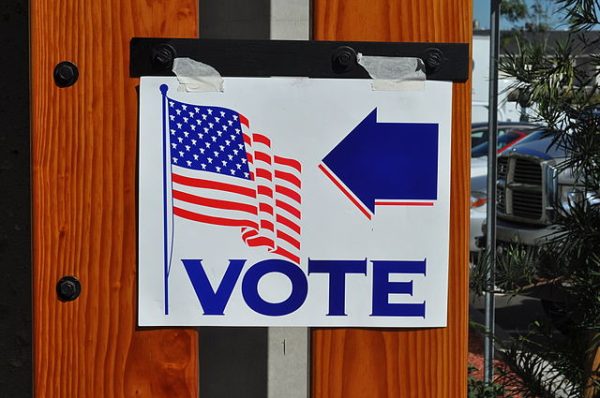Sex education in the Trump era: Should only abstinence be taught?
May 18, 2018
The Trump administration continues in its crusade to overturn Obama-era reform with drastic shifts in federally funded organizations’ approaches to sex education and unplanned pregnancy prevention. These changes directly impact the allotment of funding which supports these valuable, and needed, pregnancy planning and STI awareness programs. Now, the government will abandon Obama’s evidence-based sexual education organizations (namely those that emphasize contraceptives) by instead choosing to fund abstinence-only programs (Abstinence Education and the Personal Responsibility Education Program). The goal, it would seem, is to attempt to prevent teens from having sex and to make sexually active teens inactive once again. However, abstinence-only education simply does not benefit students in the same way legitimate and inclusive sexual education with a focus on anatomy and contraceptives does. The importance of accurate sex education becomes no more obvious than on a college campus like ours.
First, simply telling teens not to have sex does nothing in the long run. A 2011 study at the University of Georgia found that states with abstinence-only programs had more teen pregnancies than those with a comprehensive sex education. In other words, young people chose to or continued to have sex despite routinely being told not to. Additionally, these young people reaped the consequences of unprotected sexual encounters (namely, unplanned pregnancies). However, most young people already knew the results of this study. The hook-up culture on college campuses across the country persists despite many high schools directly discouraging participation in sexual activity. Encouraging young people to not have sex simply does not stop it from happening.
Instead, we must teach students the importance of having safe and consensual sex, and how to have it. After all, if teens continue having sex despite being told not to, it is our responsibility to ensure that they do so safely. Indeed, both proponents of abstinence-only and comprehensive sex education both share the goal of minimizing the spread of STIs and unplanned pregnancies, so why not provide young people with the knowledge of how to prevent these things from occurring when they choose to become sexually active? Just as having Traveler does not make students drink alcohol but does provide those who do so with safe transportation, informing students on condom usage does not encourage sexual activity but does provide those already active (or those who will eventually become active) with a safe tool to prevent pregnancy and encourage safety. This is why I applaud W&L for the ease with which students can find condoms and dental dams on campus. Our administration knows that students who make the personal choice to have sex should have the tools necessary for protection. For these same reasons, Sex Week is incredibly important in spreading information about safe sex and creating a positive environment through which students can inform themselves
However, abstinence-only education does more than simply fail as a tool of education. Instead, it serves as a form of slut shaming, portraying sex as a practically universally negative practice and pushing away those who do participate in sexual activity. Additionally, this form of education is almost always heteronormative, refusing to educate LGBTQ+ persons on same-sex sexual encounters and acting as if all sexual encounters can be described in traditional penal-vaginal terms (completely ignoring those persons who choose to have, say, oral or anal sex and refusing to give them the tools to do so safely). Additionally, this penal-vaginal centered view on sex leaves individuals who participate in other sexual acts oblivious to the potential dangers of or how to participate safely as these acts are not considered “real” sex. No doubt derived from the prevalence of the religious right in this country, this push for abstinence also leads to the isolation of students who don’t share these values. In response, we must move away from abstinence-only education and continue to create spaces safe for individuals to inform themselves on what sex looks like and means to them and how they can participate in sexual activities safely.












